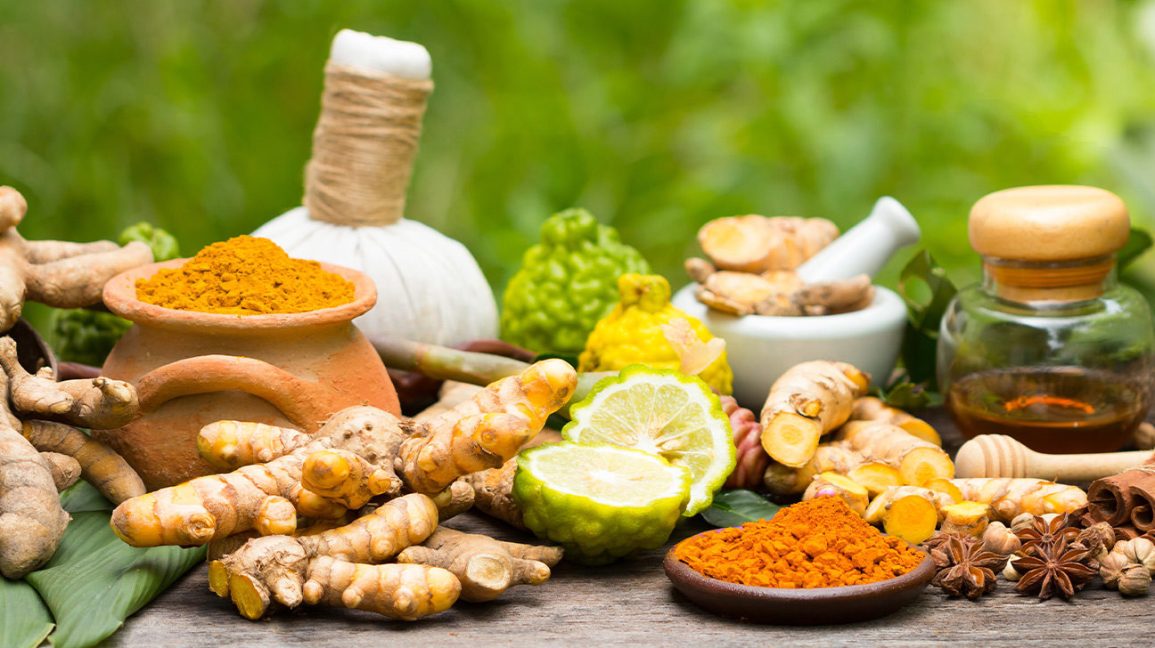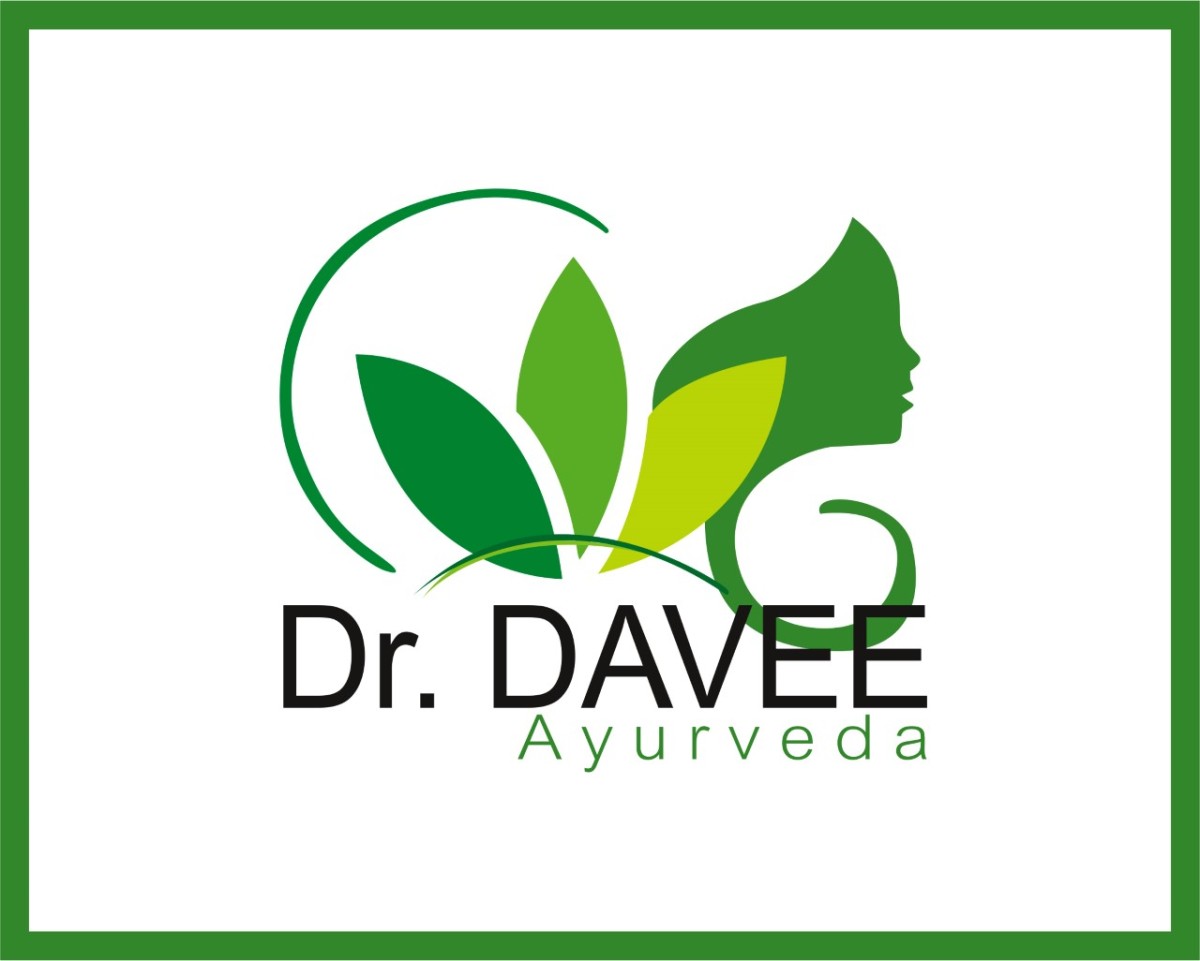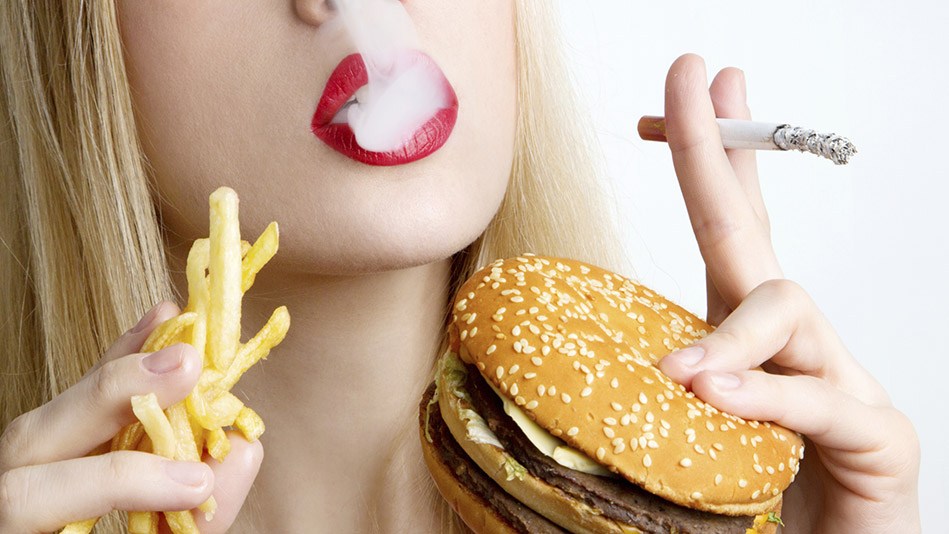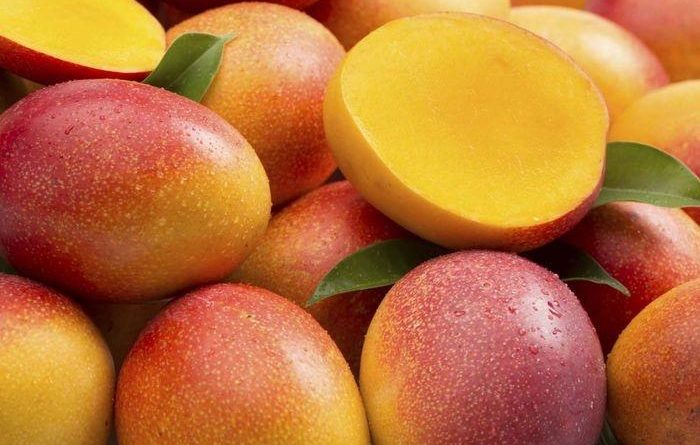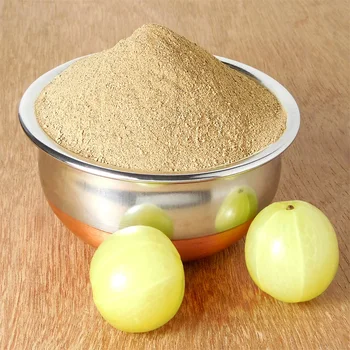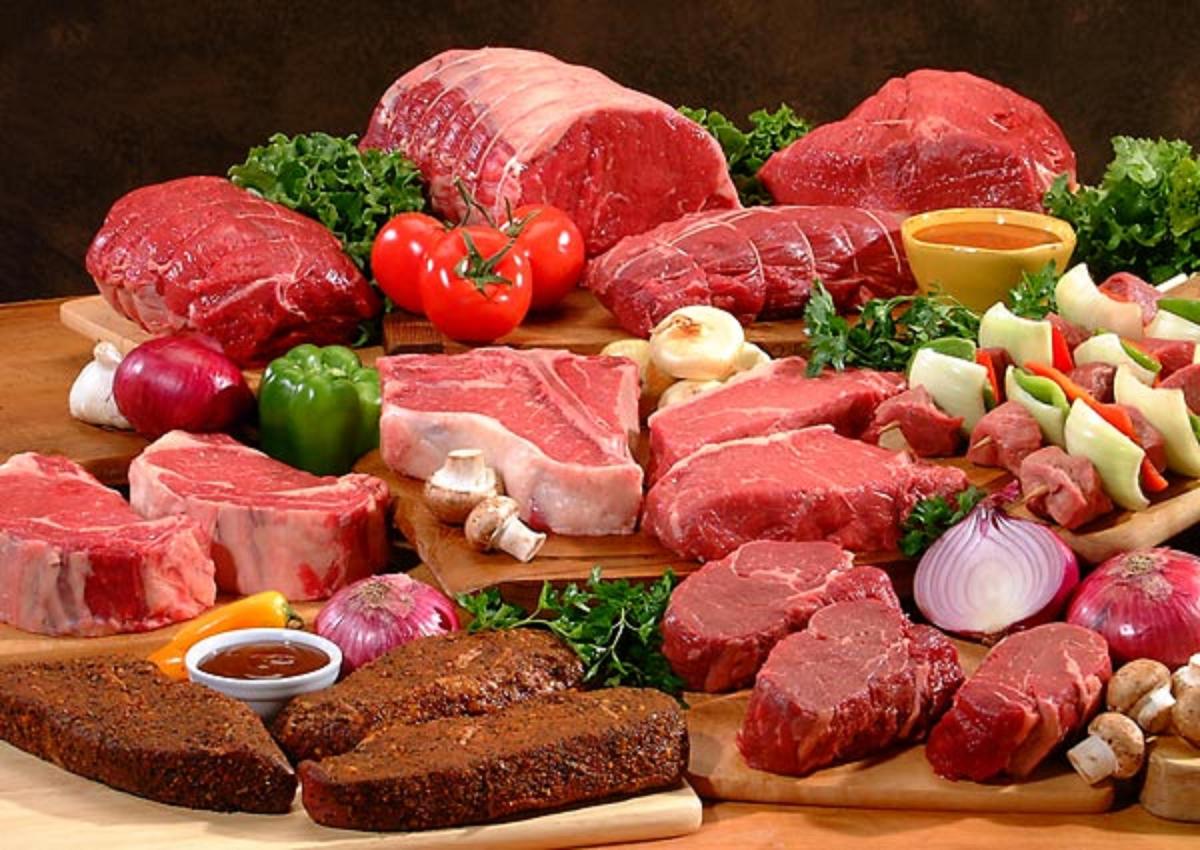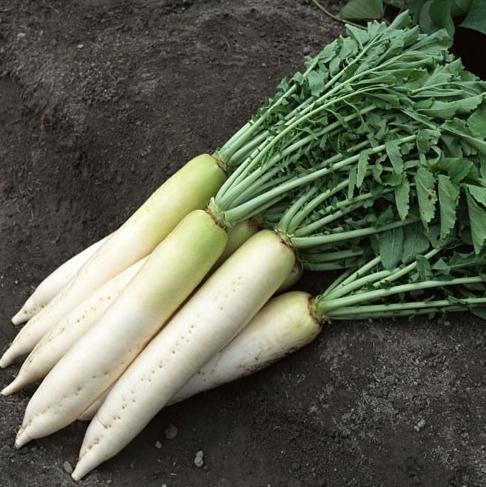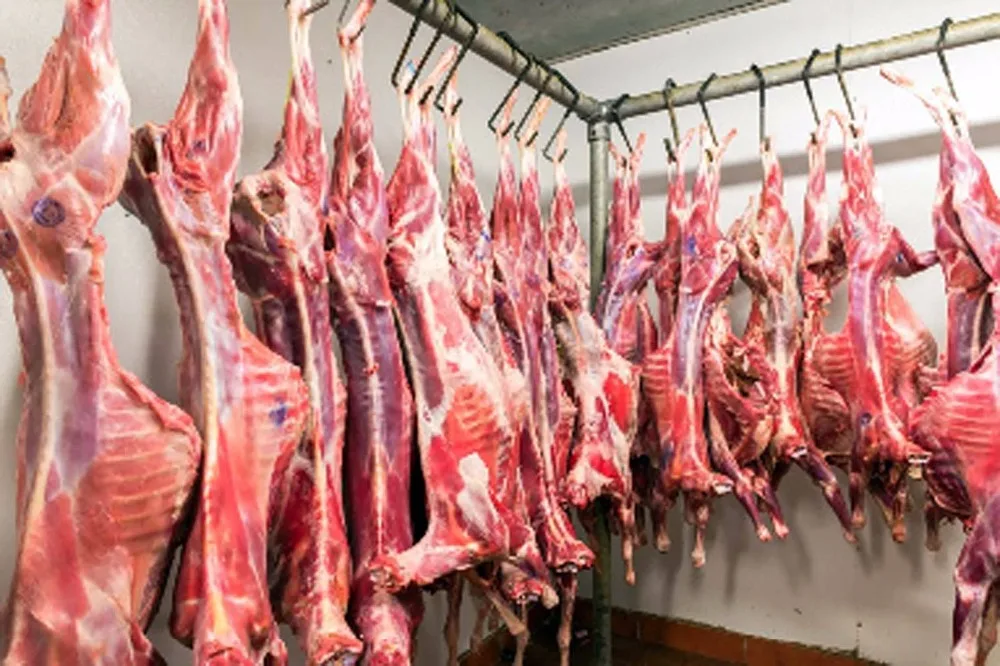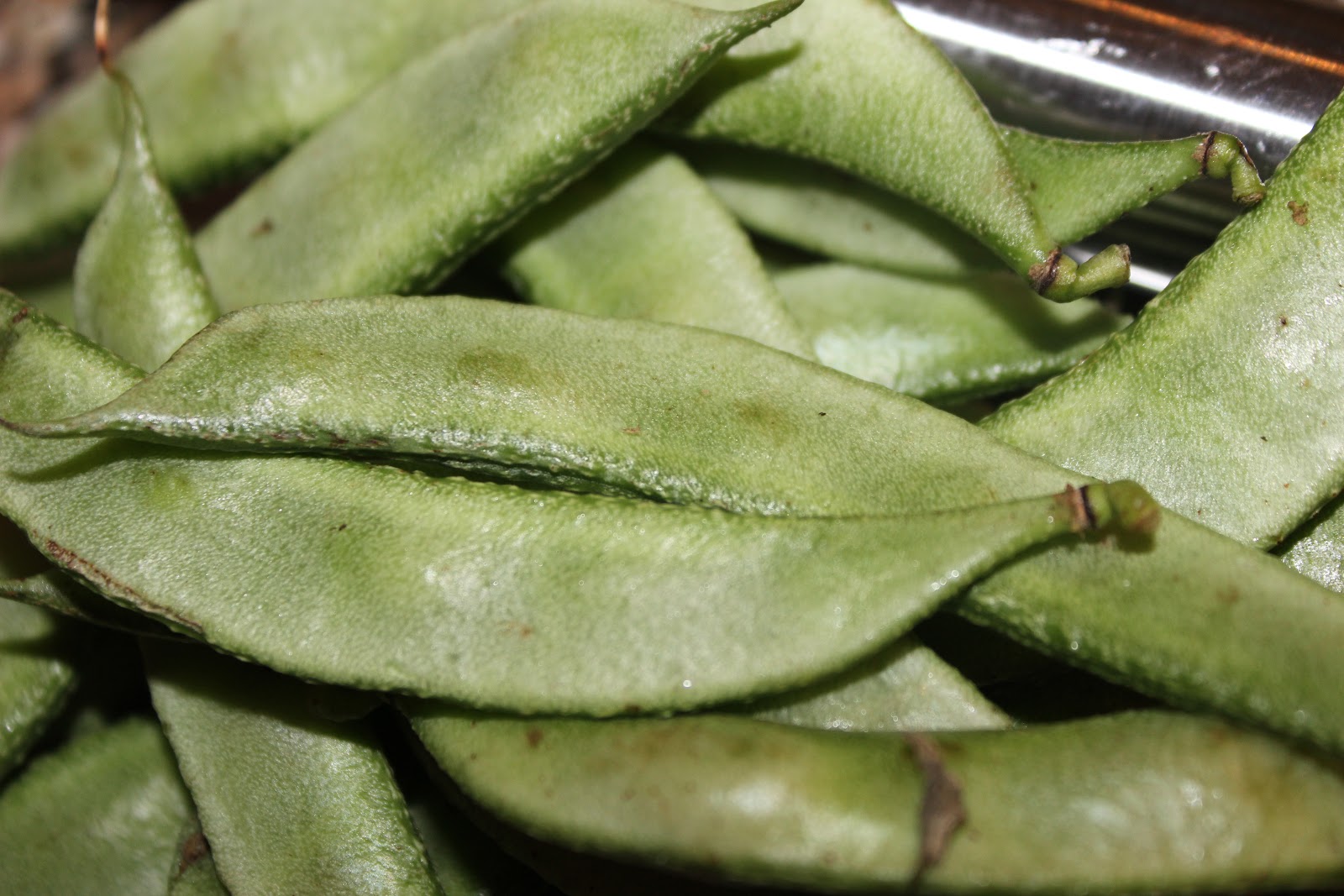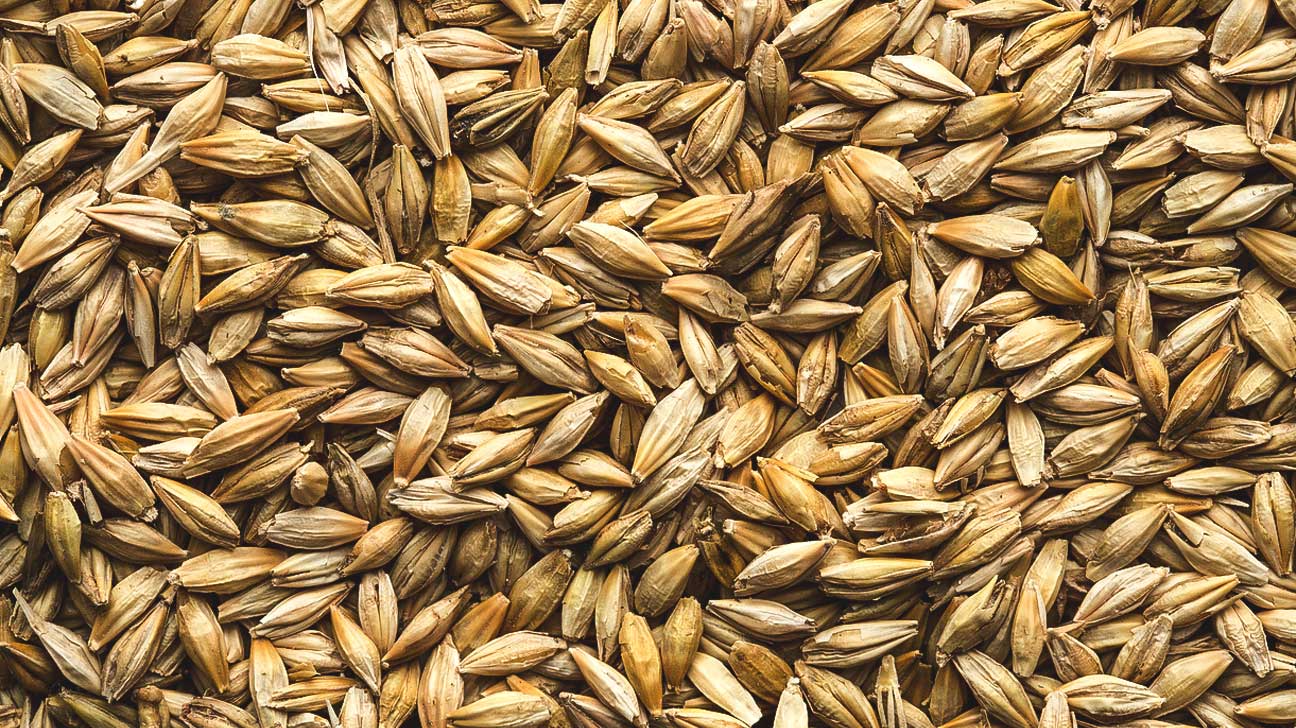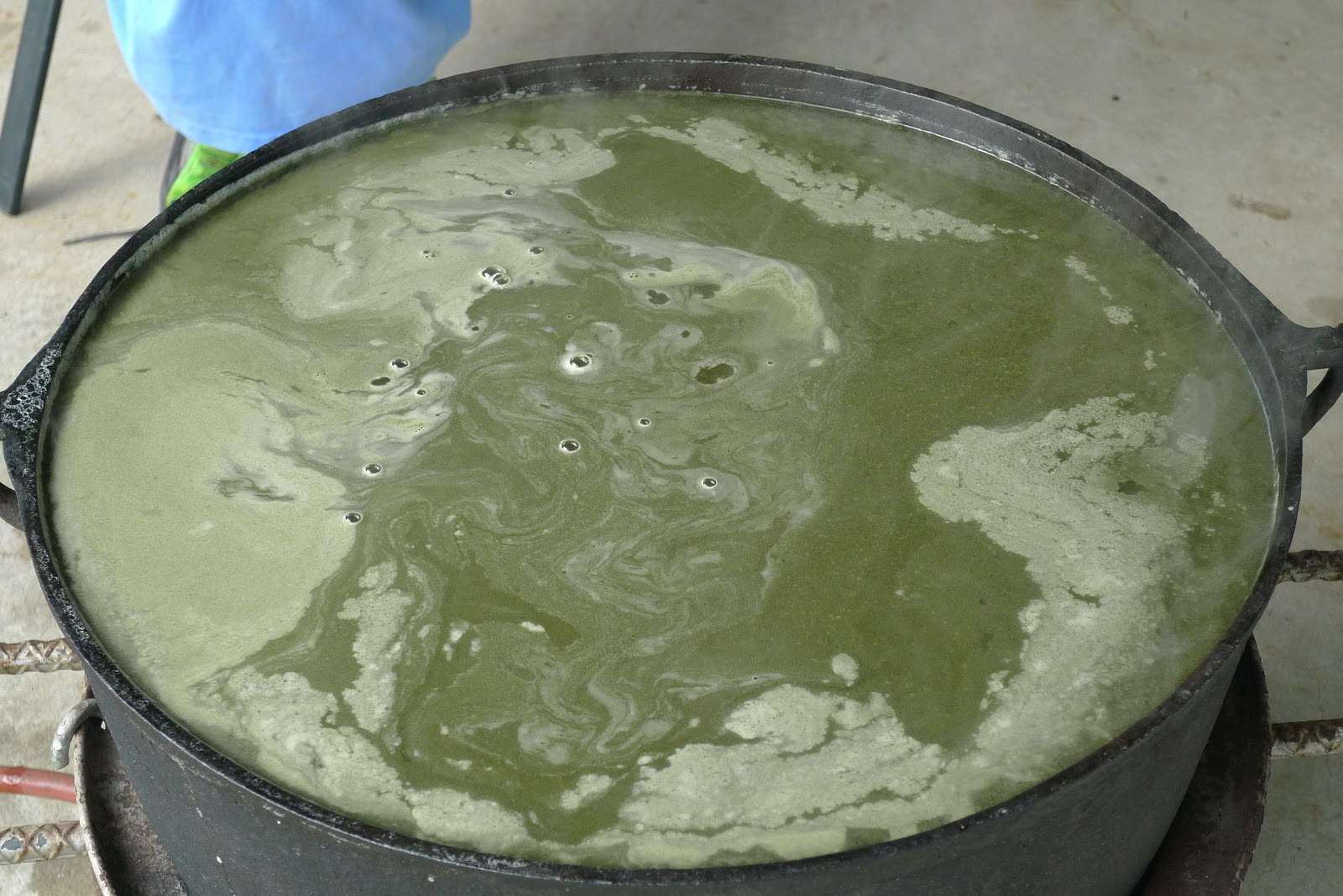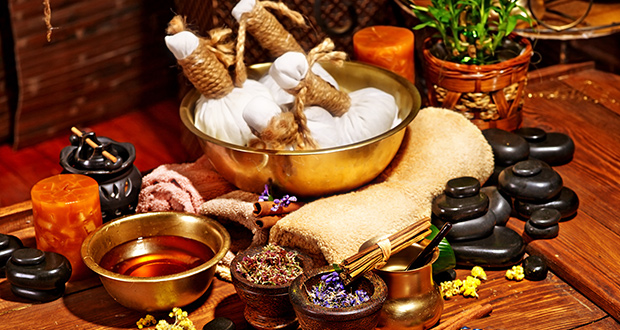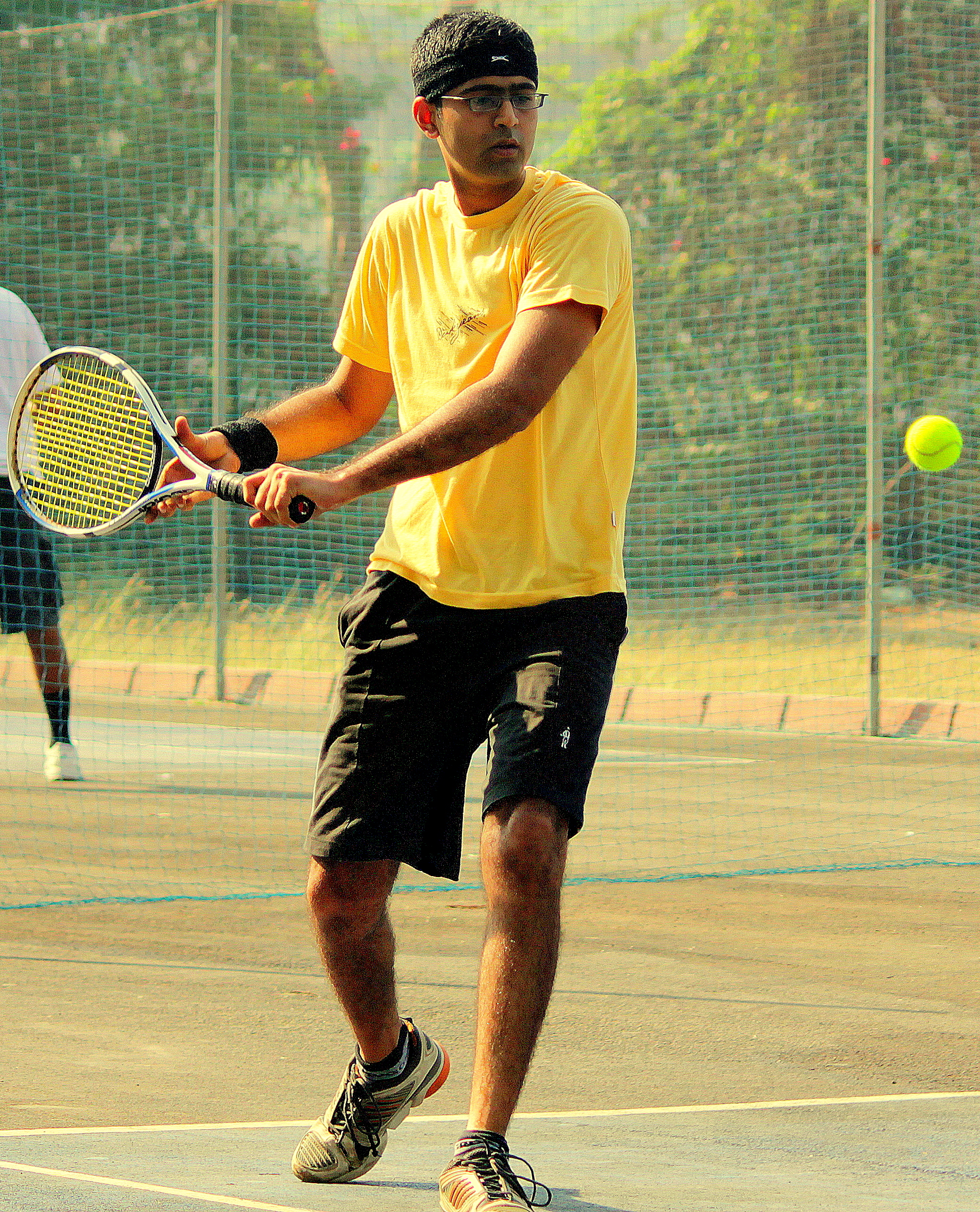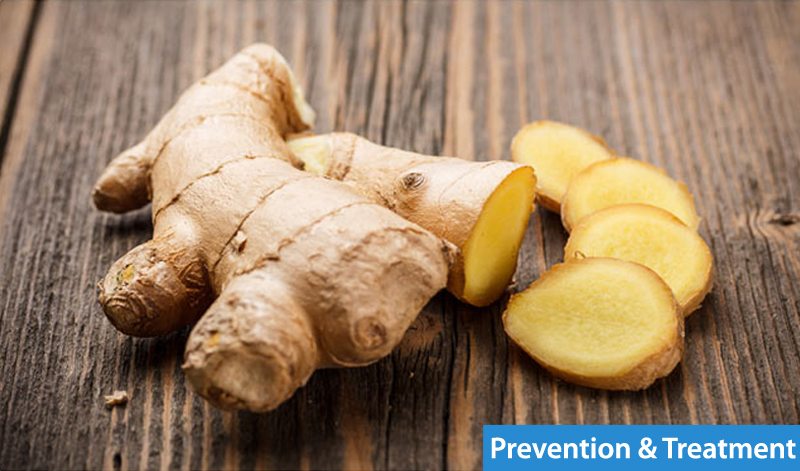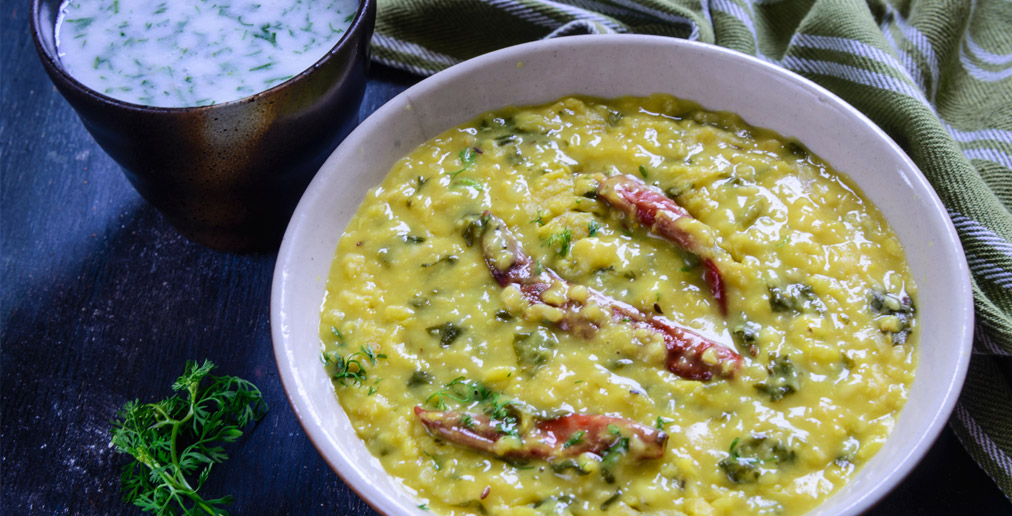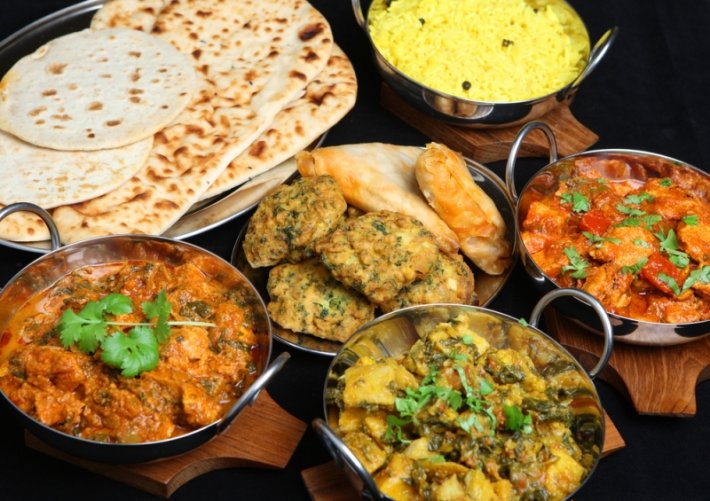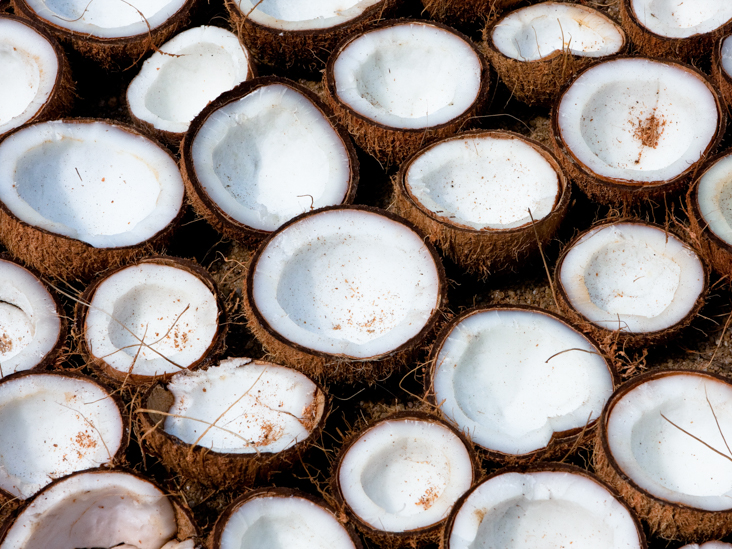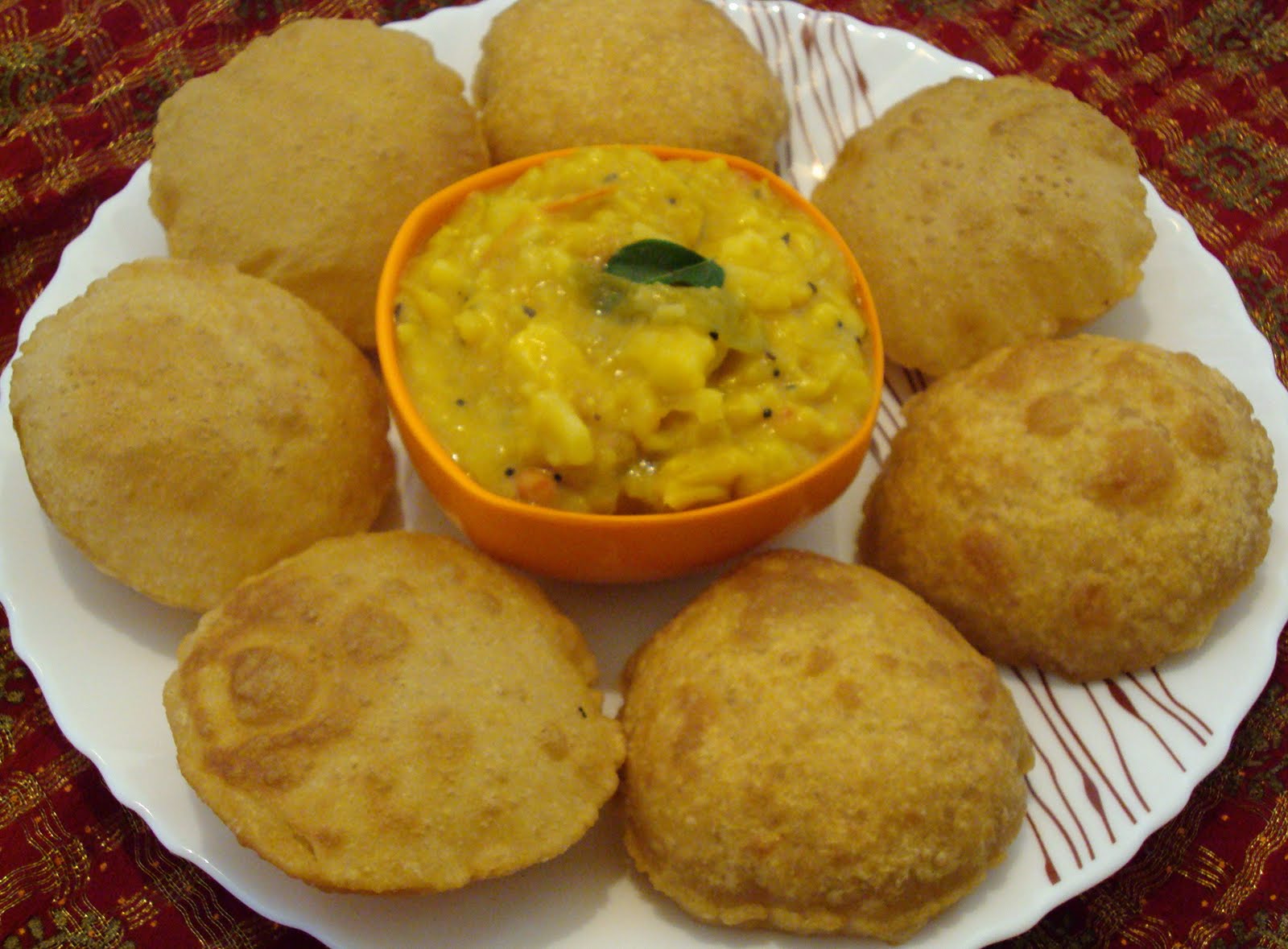Ayurveda es una ciencia médica india de 5000 años de antigüedad, que se produjo especialmente para salvar a la humanidad de una pandemia como el virus corona u otro virus.
Ayurveda tiene 2 objetivos importantes
- Mantener la salud de las personas sanas (Prevención)
- Cura las enfermedades por las cuales la humanidad sufre
primero tenemos que entender el concepto de inmunidad según Ayurveda.
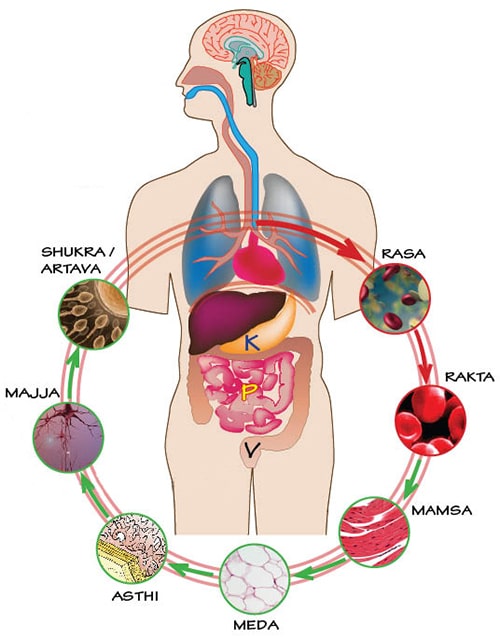
Nuestro cuerpo formado por 7 Dhatus (tejidos)
- Ras (sistema linfático)
- Rakt (sistema circulatorio)
- Maus (sistema muscular)
- Medh (grasa)
- Asthi (sistema esquelético)
- Majja (médula ósea / sistema nervioso)
- sukra (sistema reproductivo espermas y óvulos)

Cada vez que ingerimos alimentos o bebidas van al estómago donde son metabolizados por el “AGNI” (fuego digestivo), que es el factor más importante para nuestra salud. Después de esto, se obtiene una forma llamada AHAR RAS (que es la parte nutricional de los alimentos. Esta proporciona nutrición a los 7 tejidos que se mencionaron anteriormente y finalmente obtiene la forma OJAS , que es la esencia de los 7 tejidos y nuestra inmunidad depende de la calidad de esta esencia llamada OJAS.
Si queremos la mejor inmunidad tenemos que proteger nuestro AGNI, que es el fuego digestivo. En textos antiguos se mencionan algunas cosas importantes como :

- Ejercicio de 30 minutos en el casa en forma de yoga o suryanamakar (saludos al sol), práctica del MANTRA OM 3 veces o estiramiento muscular porque según el Ayurveda, el ejercicio aumenta el fuego digestivo, que es responsable de la buena calidad del ojas, lo que aumenta la inmunidad y vigor.
- Deberíamos comer solo cuando nuestra comida anterior se digiera bien, lo que significa que tenemos que comer solo cuando sentimos un hambre realmente fuerte. Si no tiene hambre, no coma nada porque la sensación de hambre es una indicación de que la comida anterior se digirió.
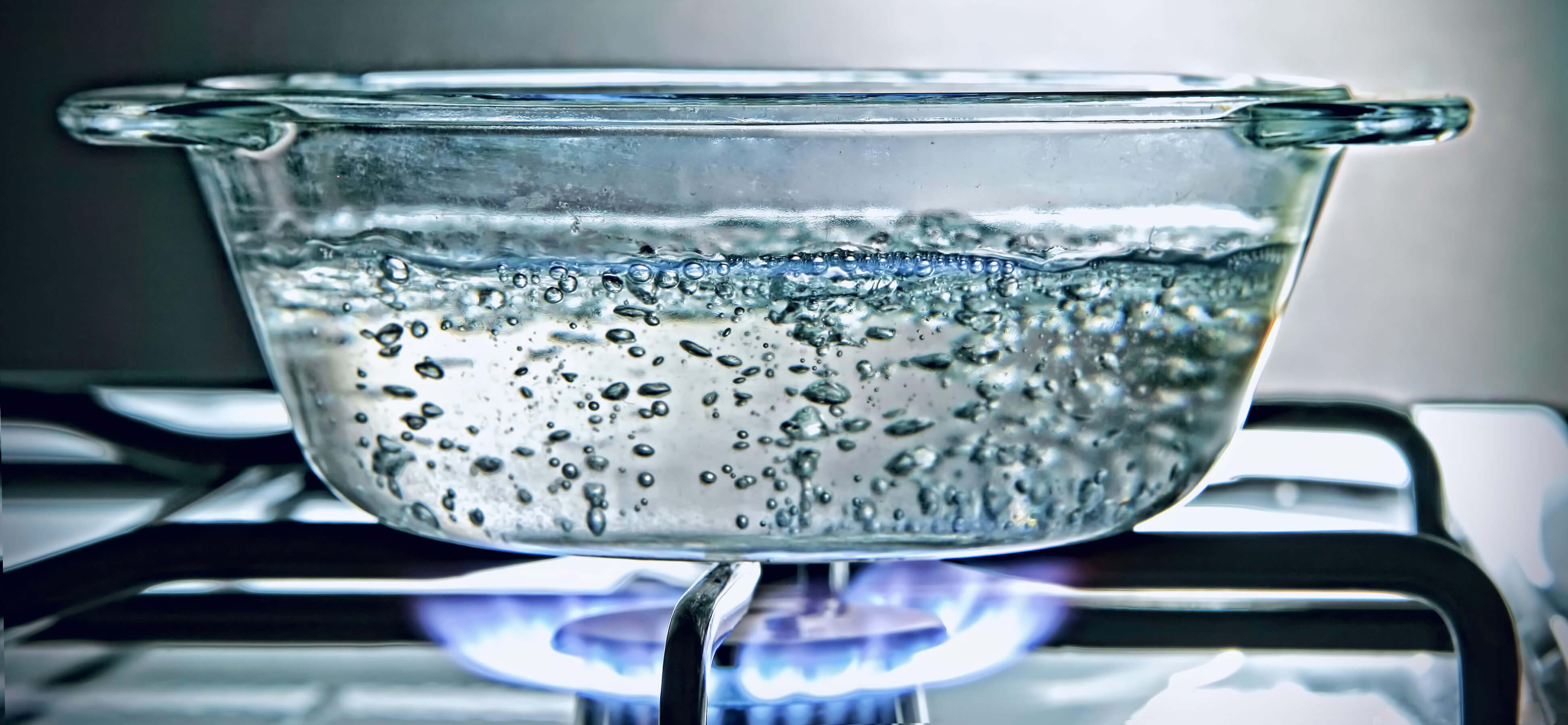
- cuando tenga sed, beba agua caliente o agua tibia. Según el método de Ayurveda para hacer agua hirviendo, se menciona muy específicamente en el texto antiguo. Tenemos que hervir agua hasta que la cantidad permanezca a la mitad de la calidad original, lo que significa que 2 litros de agua tienen que hervir hasta obtener 1 litro, esta agua nos ayuda a proteger el fuego digestivo y aumentar Nuestra inmunidad.
/Raisins-GettyImages-182516607-1500-56a0bc645f9b58eba4b3553a.jpg)
pasas - Si tenemos hambre en el desayuno, podemos comer papaya o pasas o granada, la cantidad depende de nuestra intensidad de hambre. Si no tiene hambre, espere hasta sentir hambre fuerte que directamente puede almorzar.

- Al cocinar el almuerzo o la cena debe usar especias como Ghee, comino, coriandror, jengibre, ajo, hojas de curry, polvo de cúrcuma, pimienta negra porque esto protege nuestro sistema respiratorio de las infecciones.
- Siempre comience ambas comidas comiendo 2 pedazos pequeños de ajo frito en manteca o aceite y 2 pedazos pequeños de jengibre fresco.Puede comer moong dal (verde), arroz integral o rojo, manteca (si tuviera un año sería bueno) calabaza, berenjena, zanahorias, cebolla, ajo, fenogreco, espárragos, sopa de moong dal o vegetales.
- Use sal del Himalaya para cocinar, que considera mejor para la salud de acuerdo con Ayurveda.

GUDUCHI (Tinospora cordifolia) - Puede usar decocción 20 ml una vez en la mañana de Guduchi (Tinospora cordifolia) o polvo de 2 a 4 g con agua tibia
- 20 ml de decocción compuesta de una mezcla de albahaca + canela + pimienta negra + jengibre fresco o en polvo
- Aplique aceite de sésamo o Ghee en las fosas nasales por la mañana y por la noche.
- Después de lavarse los dientes por la mañana, haga gárgaras con aceite de sésamo durante 2 a 5 minutos diarios.
- Mañana y noche toman vapores de agua caliente mezclados con aceite de eucalipto

NEEM (Azadirecta Indica) - Haga la fumigación en casa con hojas secas del árbol de neem (Azadirecta india) o semilla de mostaza una o dos veces al día.
- No duermas después del almuerzo o durante el día.
- Trate de evitar los alimentos elaborados con maíz, leche o productos lácteos, como queso, helado, cuajada, bebidas frías, jugos, alcohol, carne, pescado, pollo.
- Deberíamos comer menos que nuestro hambre en la cena.
- Después de la cena, camine lentamente 100 escalones en la casa.
- Cocine fresco todos los días, no coma alimentos rancios.
Referencia de texto classico – Charak samhita , Shushrut samhita and yoga ratnakar
Nota – No te preocupes por esta situación actual porque Ayurveda está con nosotros, sigue esto y mantente saludable en esta condición crítica.
– DR.GAURAV DAVEE
- Medico ayurvédico (INDIA)
si quieres saber más sobre el ayurveda sigue
- instagram – drgauravdavee
- FB – Gaurav Dave
- Email – grafotreat@hotmail.com
(revisión de traducción Terapeuta Maria Belen Sancho Alexandre, belealexandre@hotmail.com, FB – Maria bele terapeuta)


